
Playing in the Elements: How to Adapt Your Pickleball Game to Wind, Heat, and Rain
Share
One of pickleball’s most beloved features is its flexibility—indoor gymnasium or outdoor asphalt, sunny morning or breezy evening, you can play almost anywhere, anytime. But with that freedom comes a new set of variables: the elements.
For players who frequent outdoor courts, wind gusts, blazing heat, and even light rain can turn an ordinary game into an unpredictable challenge. While you can’t control the weather, you can prepare for it. With the right strategies and mindset, you can turn tough conditions into tactical opportunities.
This article offers a comprehensive playbook of outdoor pickleball weather tips, including adjustments in technique, gear, and mental resilience. Whether you’re battling crosswinds or sweltering temperatures, your game doesn’t have to melt or blow away.
Chapter 1: The Wind Factor
Wind is the most common environmental wildcard in pickleball. It can transform your best topspin drive into a floating error or turn a defensive lob into an accidental winner. Understanding how to play with the wind, not against it, is essential.
Wind Pickleball Strategy:
1. Shorten Your Swing
In gusty conditions, long, looping strokes exaggerate errors. Use more compact mechanics to maintain control and reduce the surface area exposed to resistance.
2. Adjust Your Serve and Return
Serving into the wind? Add topspin to cut through drag and keep the ball low. With the wind at your back, flatten your serve to take advantage of the added carry. On returns, prioritize depth over pace to ensure consistency.
3. Keep the Ball Low
The higher the ball, the more the wind can manipulate its path. Focus on sharp, downward angles and cross-court dinks that hug the net.
4. Read the Wind Early
Before the match, hit a few test shots in each direction. Feel how the ball behaves on both sides of the court. If possible, stand still and observe leaf movement or net flutter for clues.
5. Be Mentally Flexible
Wind introduces inconsistency, even among experienced players. Accept it. Adaptation beats perfection in swirling conditions.
Chapter 2: Playing in Heat
Pickleball under the sun is both energizing and exhausting. Long rallies, synthetic court surfaces, and limited shade can quickly lead to fatigue, cramping, and cognitive lapses if you’re not prepared.
Heat-Handling Game Plan:
1. Hydrate Proactively
Start hydrating the day before your match, not five minutes before your warm-up. Electrolyte-balanced drinks help maintain muscular function and cognitive clarity.
2. Dress for Survival
Wear light-colored, moisture-wicking fabrics and ventilated headwear. Consider polarized sunglasses to reduce eye strain and a cooling towel for in-between points.
3. Modify Shot Selection
Reduce your reliance on energy-intensive shots like jumping smashes or endless baseline drives. Emphasize smart placement, efficient movement, and dinking exchanges that conserve effort.
4. Use Timeouts and Breaks Wisely
Take full advantage of water breaks and timeouts to reset your body temperature and mindset. Even 60 seconds of recovery can recalibrate your focus.
5. Monitor Warning Signs
If you feel dizzy, nauseated, or mentally foggy, step off the court. Heat exhaustion escalates quickly and should not be underestimated. Competitive pride is never worth your well-being.
Chapter 3: When Rain Interrupts Play
Most players pack it in when rain arrives, and understandably so. Wet courts become slippery hazards, and even light drizzle can affect paddle grip and ball bounce. However, there are scenarios—light mist, humid mornings, damp court residue—where play is still possible with caution and awareness.
Wet Weather Tactics:
1. Prioritize Traction and Safety
Non-slip court shoes with fresh tread are a must. If the court becomes visibly slick or puddles form, suspend play immediately.
2. Adjust Your Grip
Carry a towel or sweatband to keep your paddle hand dry. A tacky overgrip can help improve hold when moisture is present. Some players switch to paddles with textured handles designed for humidity.
3. Rely on Soft Game Strategy
In slick conditions, chasing down fast balls becomes risky. Emphasize net play and controlled dinking to minimize abrupt stops or lunges.
4. Adapt the Ball and Paddle
Waterlogged balls bounce lower and feel heavier. Adjust your timing and swing force to match the new tempo. Some players keep an extra set of dry balls and towels in their bag just in case.
5. Know When to Call It
Playing through drizzle is one thing. Playing through danger is another. Know your limits, and don’t hesitate to reschedule if conditions become unsafe.
Bonus: Mindset Matters More in the Elements
Ultimately, weather reveals as much about your mindset as your mechanics. Players who embrace challenging conditions as opportunities to grow, experiment, and improvise tend to thrive in unpredictable settings.
Think of it this way: the player who adapts fastest gains the edge. You’re not just playing the opponent. You’re solving the conditions like a puzzle—and that makes the win even more satisfying.
Final Thoughts: Forecast-Ready, Game-Steady
Whether it's a blustery afternoon, a scorching tournament day, or a match delayed by early-morning condensation, playing in the elements demands a flexible toolkit. From adjusting your footwork to recalibrating your serve, small tactical shifts can protect your body, sharpen your strategy, and keep your performance steady regardless of what the sky has in store.
Mastering outdoor play isn't about resisting the elements. It's about collaborating with them. Let weather conditions refine your focus, not derail your game.
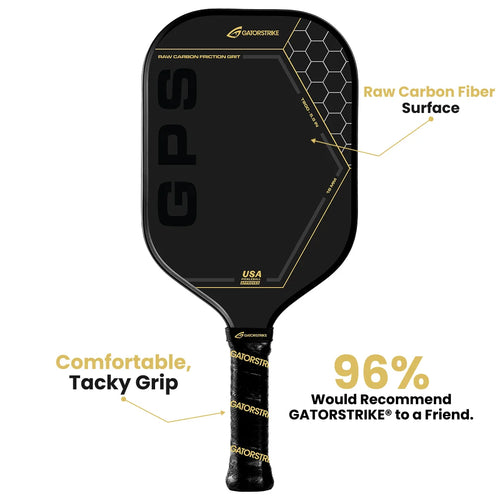
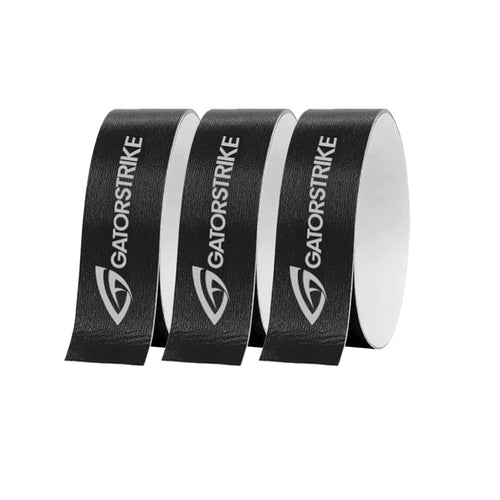


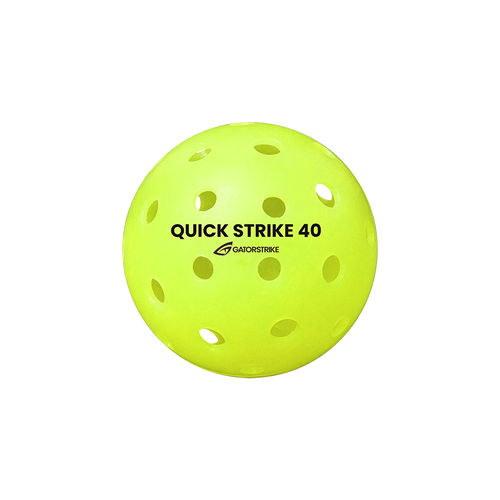

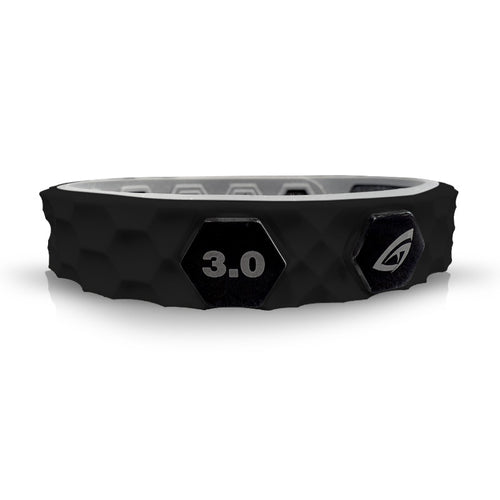
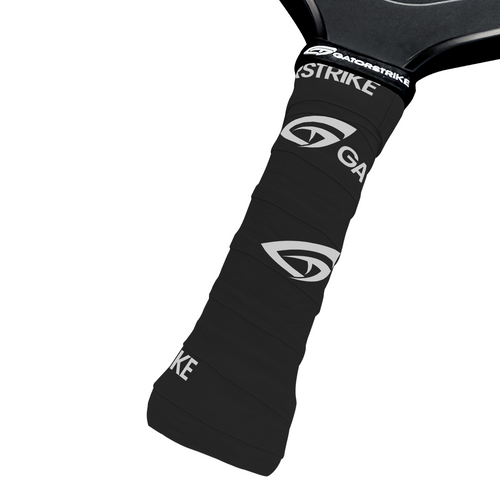
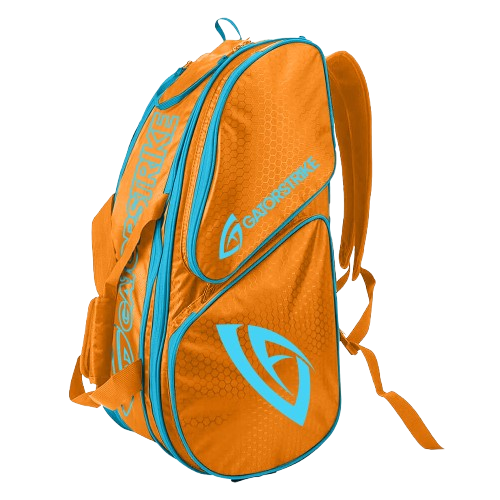



 FREE SHIPPING ON ORDERS $25 OR MORE!
FREE SHIPPING ON ORDERS $25 OR MORE!





